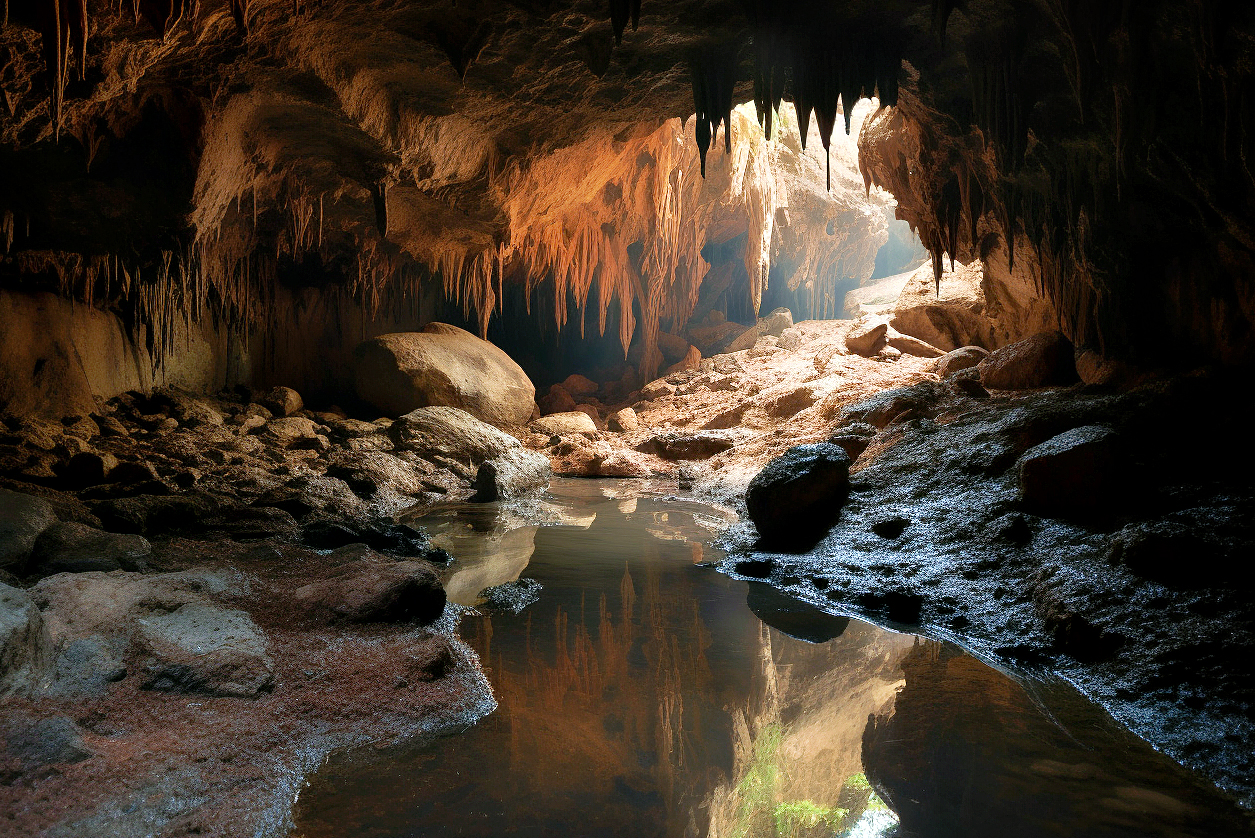
A NEW cave has been discovered in Rincon de la Victoria, between the two villages of La Cala del Moral and Rincon de la Victoria in the area known as El Cantal.
The discovery was made at the end of last month when Oscar Fernandez Bao, a speleologist from the Rincon de la Victoria Mountain Club who was in the area with his team carrying out an inventory of flora and fauna, located a large crack in the ground.
The discovery was reported to Rincon de la Victoria’s city council on April 27, who in turn informed the Cueva de Nerja Foundation, together with the Junta.
Following protocol, an official inspection of the site was carried out several days later, on May 3, by specialists in the area, including a team from the Nerja Cave Research Institute, the Nerja Cave Foundation and members of the Nerja and the Rincón de la Victoria Caving Club.
No archaeological remains have been found in this first inspection, however its interior constitutes a geological and speleological wonder, with a 150 metre labyrinthine structure and cave walls that in some areas extend up to 20 meters high.
Authorities have currently closed off the access to the cave in order to protect it and avoid personal injury, pending on further research and a 3D topographical survey together with an exhaustive geomorphological topography of the cavity to be carried out by specialists in the area and caving organisations.
The Junta has already issued a report which concludes that the cave, registered as ‘Cueva de los Exploradores’ (Cave of the Explorers) in the Catalogue of Caves and Canyons of the Andalucian Federation of Speleology by the CMR, is in an uneven state, with some areas being well preserved and others not, as the vaults and some walls have fallen down.
The area is already home to another well-known cave, Cueva del Tesoro, the only underwater cave in Europe and one of the three known around the world, and preserves painted and engraved remains from the three great cultural phases of European Prehistory.
READ MORE:

